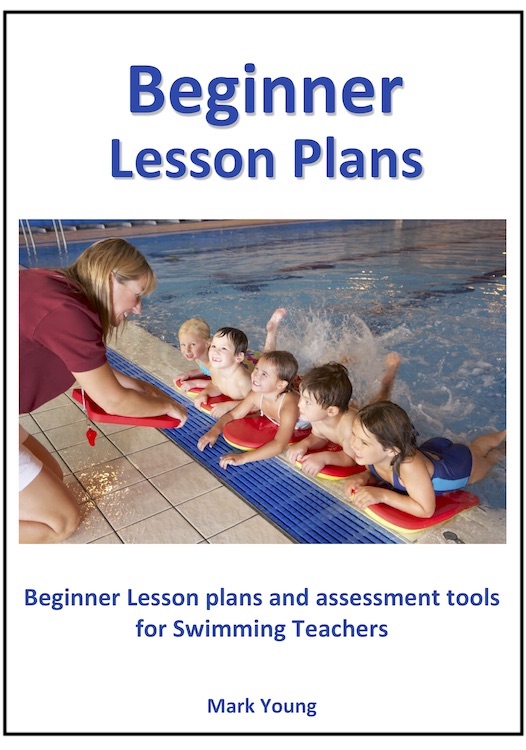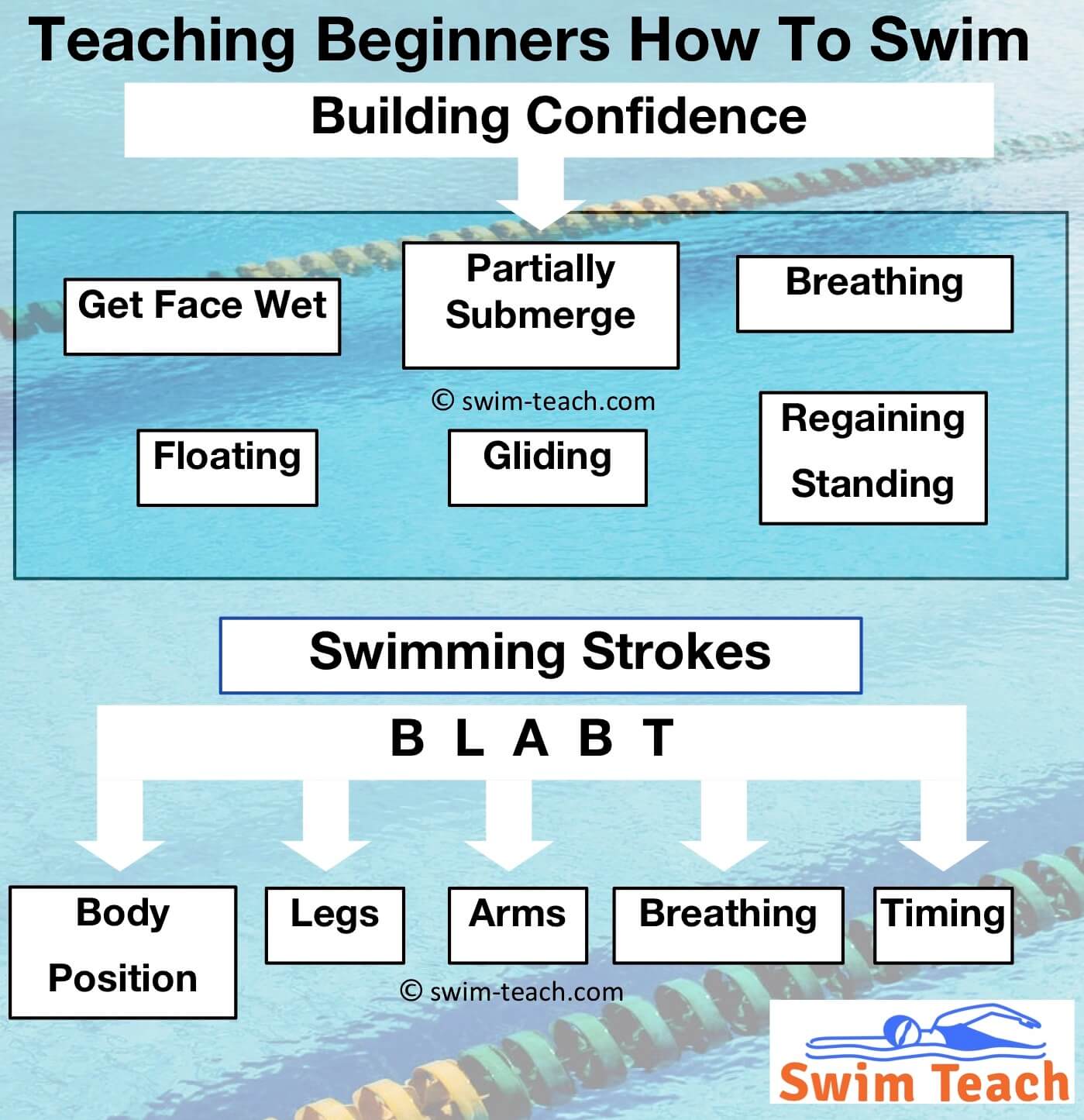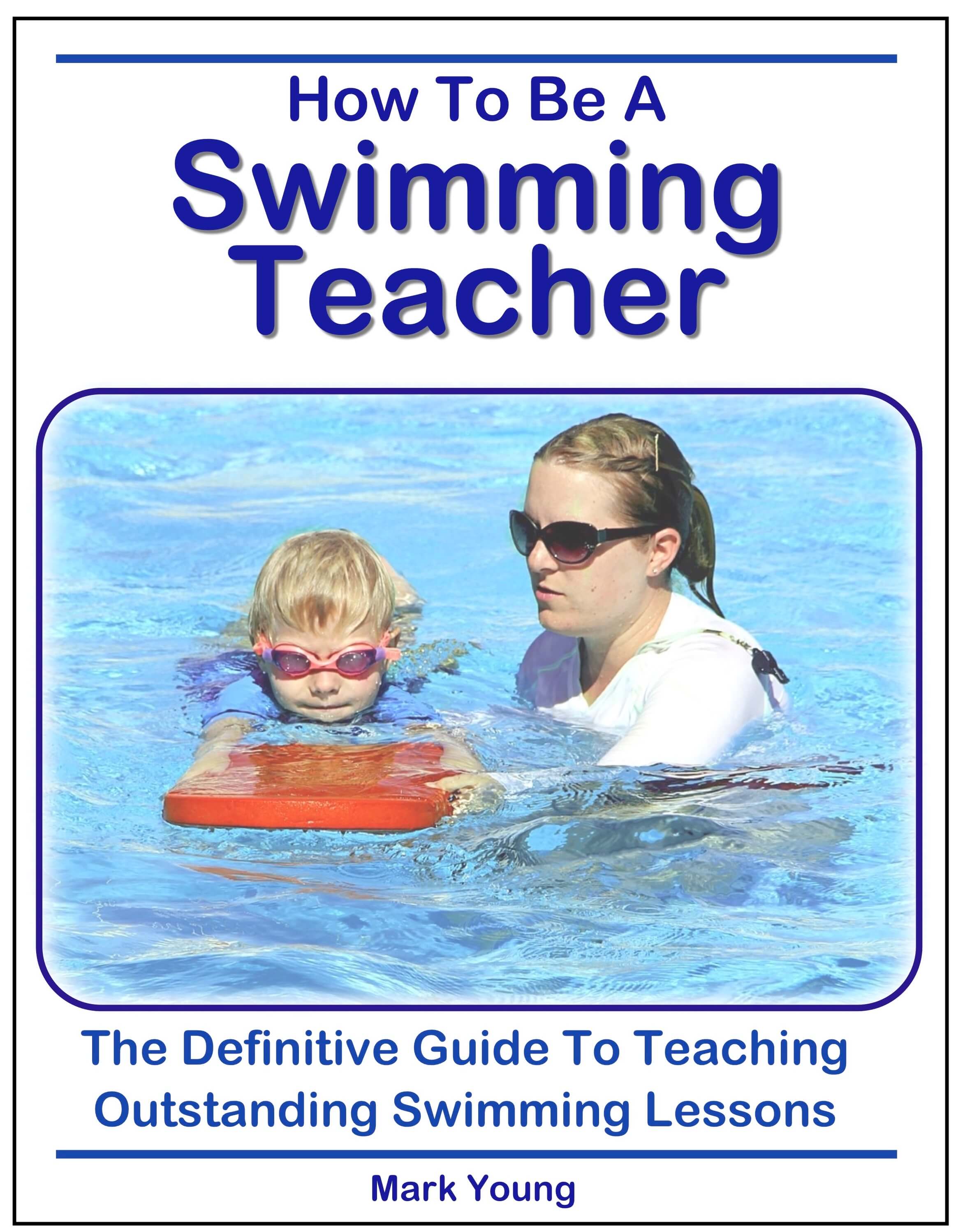- Swim Teach Home
- teaching tips
- Teaching Swimming Lessons to Beginners
Teaching Swimming Lessons To Beginners: A Comprehensive Guide
Teaching swimming lessons to beginners is more than imparting a life skill; it isn’t just about strokes and splashes - it’s about building trust, breaking fears, and watching that lightbulb moment when a beginner realizes, “Hey, I can do this!”
Whether you're a parent, instructor, or enthusiast, allow me to provide a structured approach to teaching swimming to beginners, emphasizing safety, gradual skill development, and fun.
Build Your Swimming Teacher Toolkit
Save time and teach with confidence using ready-made bundles of lesson plans, drills and teaching guides - designed for every teaching level.
Start with the Mindset – What Beginners Are Really Thinking
First off, let’s put ourselves in their swim shoes. If you’ve ever worked with beginners, especially the little ones or anxious adults, you already know what I’m talking about…
- Fear of the unknown – The swimming pool environment can be intimidating. That first walk out onto the poolside? It’s a big deal.
- Confidence issues – They’re worried about sinking, choking, or just looking silly.
- Coordination chaos – Swimming asks a lot from your body at once, and that can feel overwhelming.
💡 Your job? Be their calm in the splashy storm. Encourage every win, no matter how small.
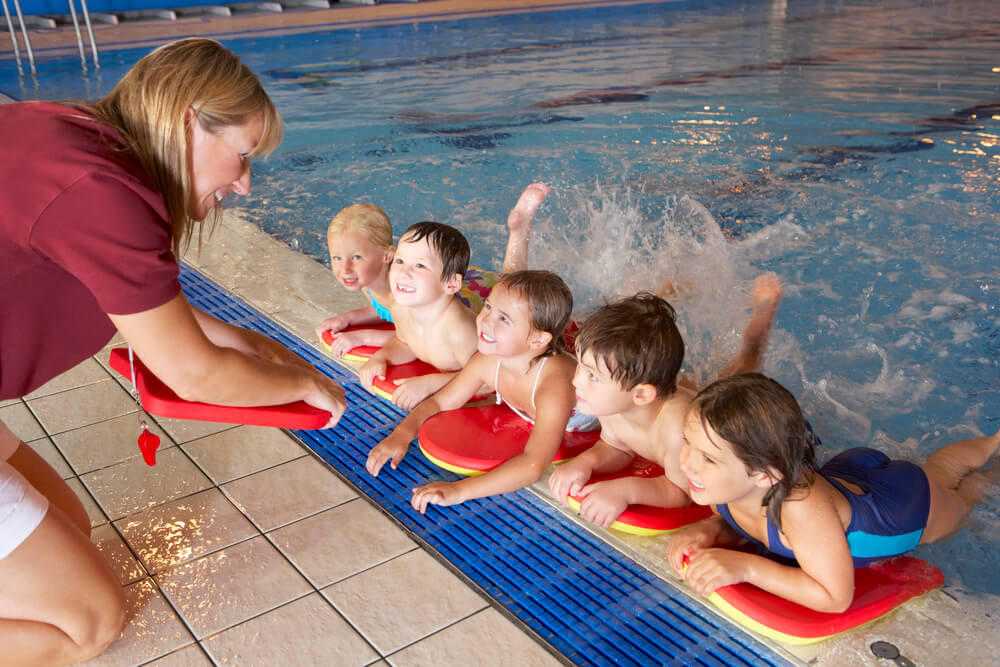
Lesson Plans That Actually Work
Lesson 1: Getting Comfortable in the Water
Goal: Get them relaxed and playful.
Try this:
- Use the steps or sit on the pool edge and slowly ease in.
- Blow bubbles. It’s not just fun—it’s foundational!
- Play splashy games with floaty toys.
Mark's tip: Keep it light. Make ‘em laugh. If they’re smiling, they’re learning.
It's all part of the fun!
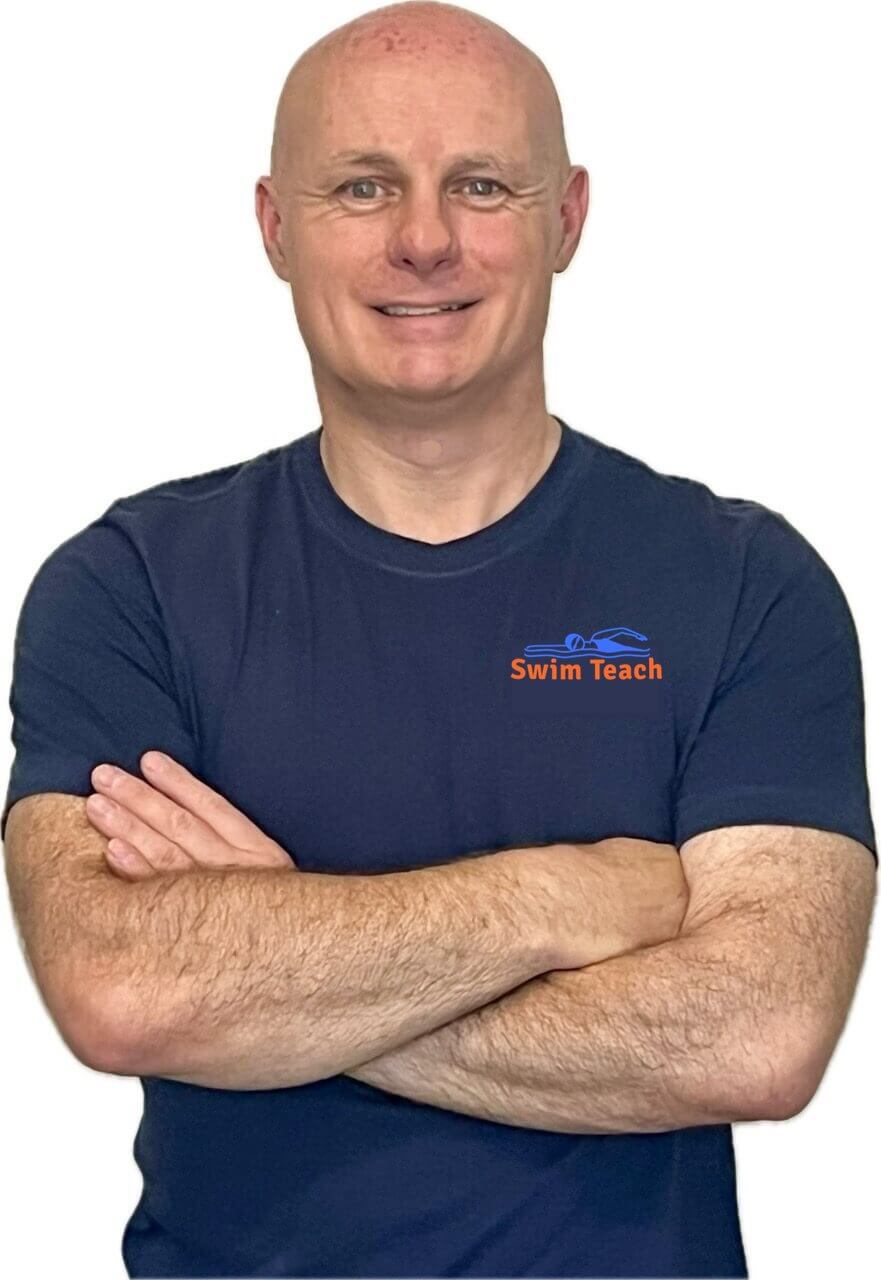
"Some of my favourite moments from my past lessons have been when a child arrives on the poolside crying and clinging on to their parent not wanting to go near me or the water, to having such fun, they don't want to leave and get out. The following week they return and can't wait to get in the water and continue having fun while they learn. They are nowhere near able to swim, but they have built trust in me and are learning to love the water. "
Ready-made Swim Lesson Plans For Beginners
The hard work of planning has been done for you.(click here for an instant preview) Ready-made lesson plans for beginners, covering everything from first entering the water, building confidence to swimming basic front crawl, breaststroke and backstroke. Simple, comprehensive and progressive.
Don't miss out! Click here to check them out!
Lesson 2: Let’s Build Some Confidence
Goal: Introduce breathing and floating.
Try this:
- Dip the face in water while humming or blowing bubbles.
- Support them while they try back floats—hands under the shoulders, soft voice.
- Kick practice at the wall—get those legs going!
Mark's tip: Stay close and let them know you’ve got their back (literally and emotionally).
Lesson 3: Moving Like a Swimmer
Goal: Get them moving across the water—slowly, surely, safely.
Try this:
- Wall push-offs with a glide (with buoyancy aids if needed).
- Arm movements while standing (front crawl or front paddle).
- Put it all together with a noodle, back float or kickboard for support.
Mark's tip: Model it first. Then do it with them. Then cheer them on while they try solo.
Download a few detailed beginner lesson plans to try out.
Adjust for Age – One Size Doesn’t Fit All
The best way to teach swimming is to focus on one or two of the following areas in each lesson and gradually include them all over a period of several lessons.
With Kids:
- Keep it short and silly. Play is learning at this age.
- Songs, floaty toys, and silly voices? Yes, they are always winners!
- Parents in the water? For baby lessons yes. Maybe not for toddlers and older kids as they could be more of a distraction and therefore a hindrance.
With Adults:
- Talk through the fear - listen and empathise.
- Set mini-goals and celebrate like it’s a gold medal.
- Keep the vibe relaxed and judgement-free.
Swimming Aids That Make Teaching Easier (and More Fun!)
- Kickboards and noodles – Because balance is tricky at first.
- Goggles – Takes away the eye sting and boosts underwater confidence.
- Fun floaty toys – A must-have for easing nerves, especially with kids.
Safety First – Always, No Exceptions
- Stay close. Always. Especially in those first few lessons.
- Know your First Aid. You never want to need it—but if you do, be ready.
- Teach pool rules early. Walk, don’t run. Feet first. No pushing.
Safety = trust. And trust is everything in these early stages.
Tips from Experience for teaching swimming lessons to beginners
- Patience is your superpower. Trust me, it shows.
- Flex your teaching muscles. Not every swimmer learns the same way, so be prepared to diversify.
- Routine = results. Especially for little children - routine is their security.
- Keep it light. If you’re enjoying it, they will too.
ALways be patient and calm

"So many times, parents come up to me after their little ones' swimming lesson and say 'I don't know how you have the patience'. Over the years I have been screamed at, dealt with stubborn refusal and even had a child storm off and refuse to come back. These are few and far between and I've always managed to get them back onside eventually. Patience, calm and the ability to build trust and rapport are all tools in our teaching toolkit. Using those tools and seeing the results are what makes teaching swimming one of the best jobs in the world. "
BLABT - The easy way to remember the parts of a swimming stroke
When teaching swimming lessons to beginners, if they have learnt the skills outlined above, they will be well placed to begin learning some swimming techniques. Introducing each of the four basic swimming strokes involves breaking each stroke into its components. For this, we use BLABT (body position, legs, arms, breathing and timing), where you use separate drills to teach each part of the stroke.
Frequently Asked Questions
How do I start teaching swimming to a complete beginner?
Start by making the water fun and non-threatening. Focus on games, play, and simple actions like blowing bubbles and walking in the shallow end. Build trust first—skills come second.
What should be the first lesson in beginner swim classes?
Lesson 1 should focus on water confidence: gentle entry, playing on the steps or edge, splashing, blowing bubbles, and fun activities that get them relaxed.
What if the beginner is scared of the water?
Fear is normal. Reassure, stay close, and use games or toys to redirect focus. Let them go at their pace. Celebrate small wins like dipping a toe or getting splashed without panicking.
How do I teach swimming to children vs adults?
With kids, make it fun and silly—songs, toys, short lessons. For adults, empathize with their fears, explain each step, and focus on calm, respectful instruction. Both need patience.
What equipment helps beginners feel safe in the water?
Kickboards, pool noodles, floaty toys, and goggles are great. They offer support, reduce fear, and turn lessons into play.
How long does it take a beginner to learn swimming?
It varies. Some beginners learn basics in weeks, others take months. What matters most is regular lessons, building trust, and keeping it positive.
What’s the BLABT method in swimming instruction?
BLABT stands for Body position, Legs, Arms, Breathing, and Timing. It helps break each stroke into teachable chunks. You build technique one step at a time.
How can I build trust with nervous learners?
Show up calm, stay consistent, and encourage even the smallest progress. A smiling face and patient tone do more than you think.
The Best Way To Teach Swimming - All In One Book
Download How To Be A Swimming Teacher and discover everything you need to teach outstanding swimming lessons that get results. Click here for an INSTANT PREVIEW.
The Definitive Guide To Teaching Outstanding Swimming Lessons.
I am a member of the Amazon Associates Program and I will earn a commission from qualifying purchases at no extra cost to you.
